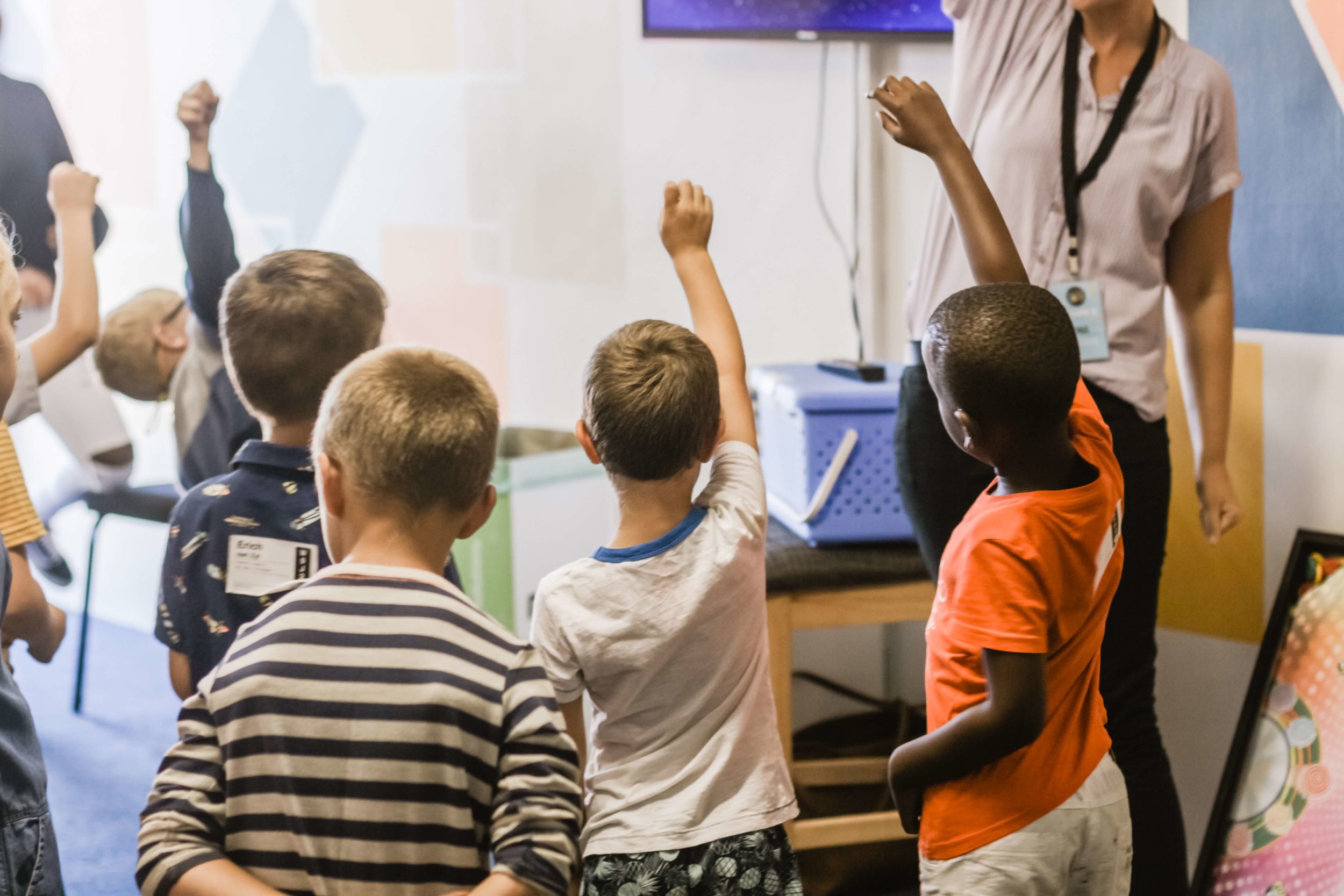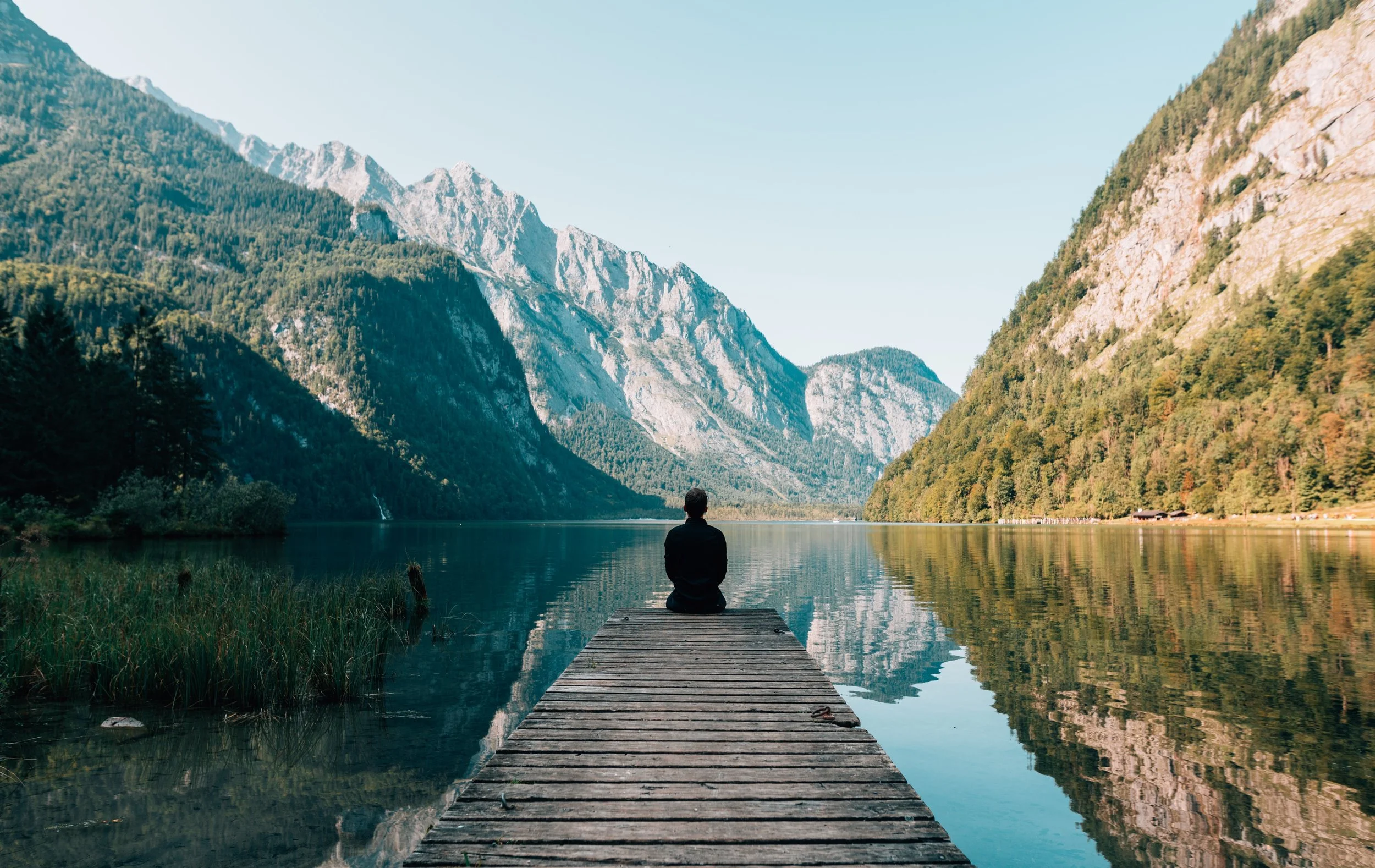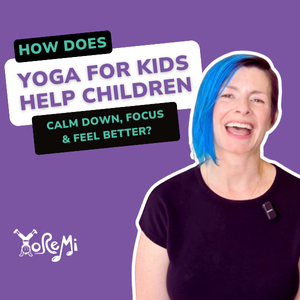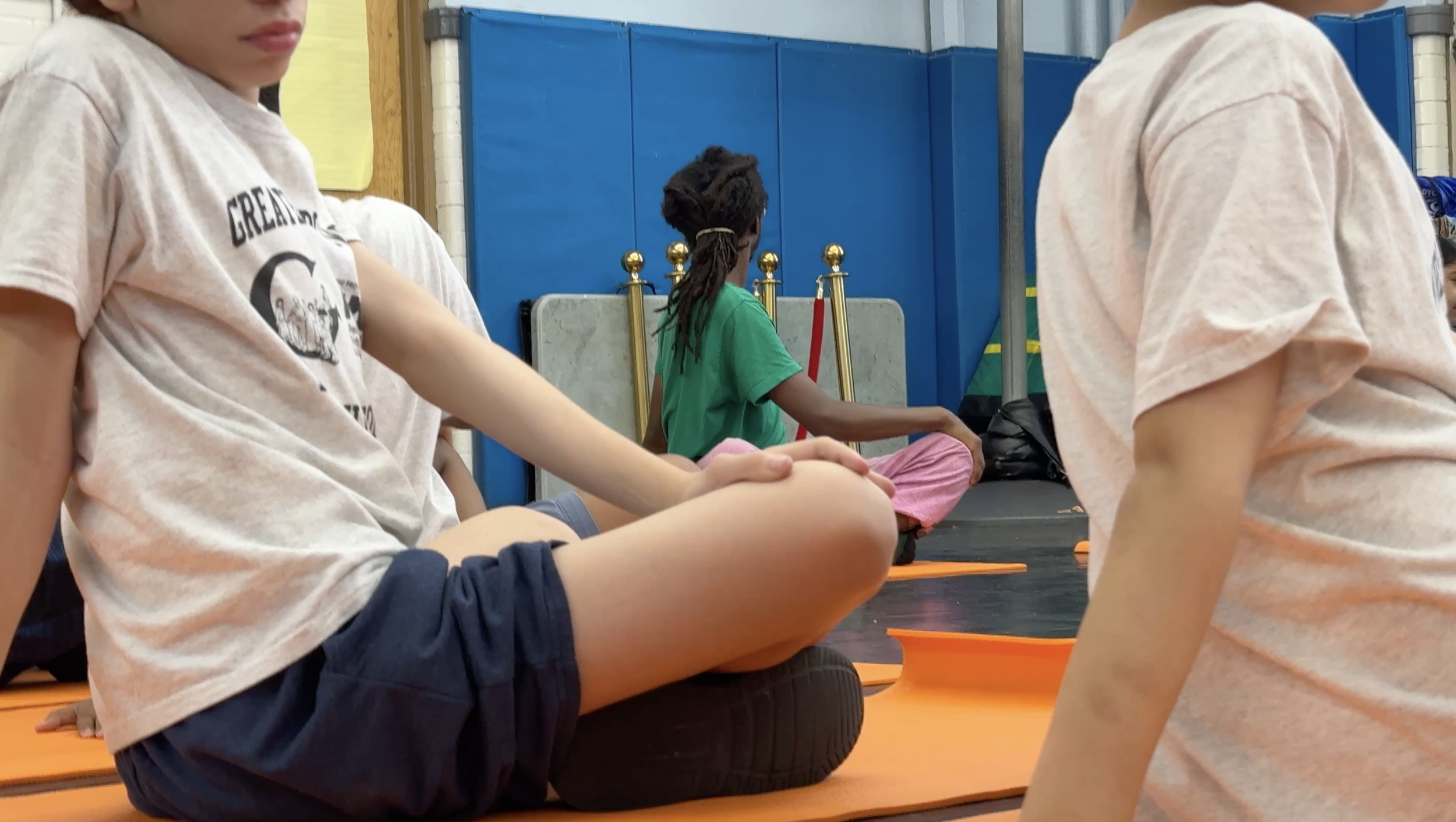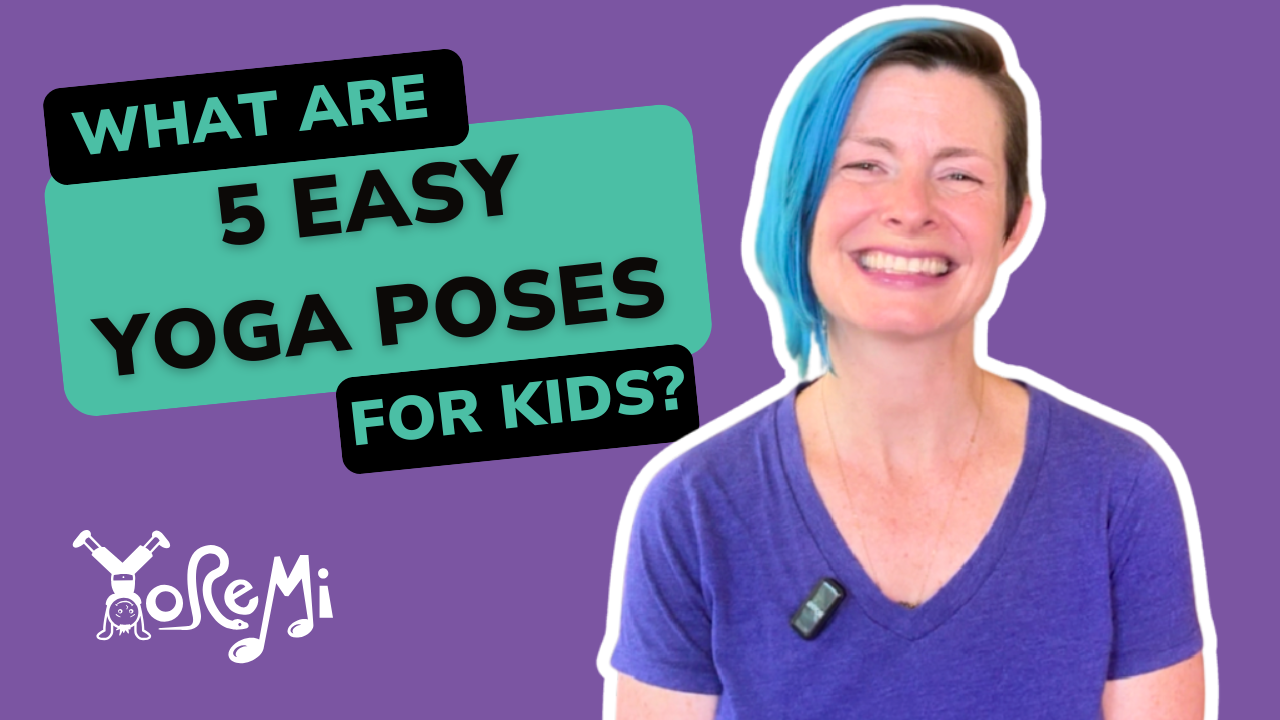How a Personal Mindfulness Practice Can Help Teachers Cultivate Classroom Success
We’ve all had those days when high student energy tests our patience (and last nerve). How do you respond in those moments? What is your go-to?
Your personal mindfulness practice may be the key to unlocking mindfulness in your classroom and cultivating a positive learning environment. Whether you are just beginning your journey into mindfulness or have already started building an educator’s mindfulness practice, you may find encouragement in knowing that as your personal practice grows, so does student development — and classroom success.
The number of ways a teacher’s mindfulness practice can impact the classroom are endless, with some more tangible than others. Here are three ways we’ve seen educator mindfulness directly impact student learning for the better.
1. Mindfulness creates space for students to self-regulate
This may be my biggest take-away as a teacher. As with any coursework, when framing mindfulness it is important to set up the container of how we want the experience to unfold. My classes like to brainstorm community agreements that the students help to articulate and then agree to as a group; things that we can refer back to.
For example, “How does it feel when you can’t be heard or when no one is listening to you?” They may respond with something along the lines of, “not great.”
“So what can we agree to when someone is talking? Can we agree to listen to them? To have one voice talking at a time?”
This works with most age levels depending on the language used, and I bring up this container because as you go on through your year, you may notice that your students need fewer reminders.
Most importantly, instead of punishment when someone doesn’t comply with a community agreement, we now have a structure where we can all pause together and make a choice.
We all stop and notice: “Was I just talking over someone else?” Then we breathe and think: “Do I want to keep doing that, knowing how it might make them feel?”
Inherent in this stop, breathe, think moment, is a student’s freedom, their power. They can choose to respond however feels best for them in the moment. Will this always be what feels best for us as teachers? Maybe not, but teaching children that they have the power to care for themselves and each-other and the right to choose how they behave is incredibly empowering for them and creates a sense of responsibility and community.
2. Mindfulness makes you a curious participant
You may begin to notice that the more you practice mindfulness, the more curious you become. Behavior that may have bothered you in the past becomes something to investigate.
In a recent mindfulness training I participated in, a teacher shared a story of a girl who always came late to class, interrupting the lesson. While this behavior aggravated the teacher for the longest time, once she began exploring mindfulness she decided to stop, breathe, and observe her immediate reaction.
Then she become curious about this behavior. Why was this young girl always late? One day she asked the student. She discovered that the girl’s mother worked nights, so the child was getting herself up, dressed, fed, and walking to school on her own every morning. The behavior that seemed so aggravating was suddenly cast in a new light, one the teacher could understand and empathize with.
Once we choose to pause and become curious about behavior, rather than jumping directly our emotional response, we create space for ourselves. And this space creates an opportunity to become more invested in our students’ lives and challenges. We may begin to view their behavior in a different light and offer support and understanding.
3. Mindfulness saves you from burnout
According to the National Education Association, “over 40% of teachers leave the profession within five years” due to toxic levels of stress and teacher burnout. If for no other reason, practicing mindfulness can be a form of self-preservation.
Yes, it has the added benefit of lengthening patience and strengthening attention; it can also ignite curiosity and deepen empathy. But unless we are strong in our own pillars of wellness, none of these things will matter.
You are your best teacher-self when you are free from stress, and in an open frame of mind.
You can’t talk the talk until you walk the walk.
Sure, we’d all like a quick fix to improve focus and regain control of a chaotic class. But while one mindfulness activity may earn you some curiosity and a short reprieve, until students can experience the change in your own energy you will not hold their focus for long.
The change in our own practice and behavior is the strongest way to demonstrate the benefits of mindfulness.
Having a daily mindfulness practice, whether it is five minutes or 20, changes your internal experience. It quite literally changes the brain: building additional grey matter in the hippocampus, an area of the brain responsible for learning and memory; thickening the cerebral cortex, an area associated with attention and emotional intelligence; decreasing grey matter in the amygdala, responsible for stress.
A mindfulness practice enables you to pause before you react when something frustrates you. As observers, when students see that pause and reflection, they too take a breath just to see how it feels for themselves.
Save this post to read later & share it on Pinterest!

